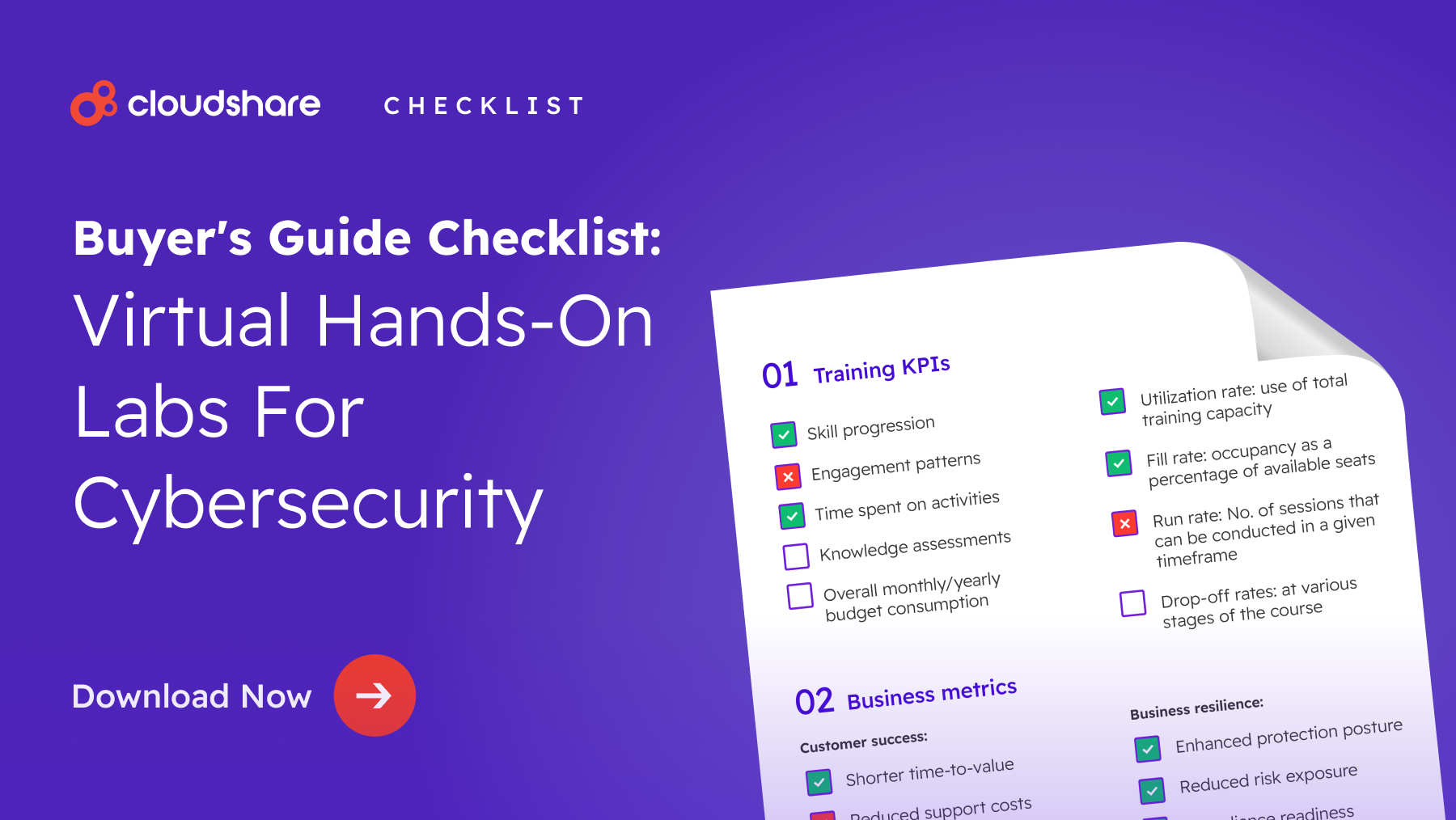
What’s your business’s biggest security vulnerability? No, it’s not the fact that your Active Directory is held together with virtual duct tape and prayers — though you should probably do something about that. It’s your people.
This is a tale as old as time. Just look at what happened to Constantinople. While the Turkish army was well-organized and well-equipped, do you know what ultimately secured their victory?
Someone forgot to lock one of the city’s gates.
What does that have to do with cybersecurity, though? More than you might think, actually. If your business doesn’t provide education on cyber security awareness to its employees, you’re basically leaving your gates unlocked. You can avoid that by developing security awareness training content that teaches your people what they need to know.
Key Topics for Security Awareness Training
Here, in our opinion, are the ten most important security awareness training topics in 2024 and beyond.
Social Engineering
Focusing entirely on the technical side of things is the biggest mistake you can make when developing cyber security awareness for your employees. Remember that humans are and always will be the weakest link in any system. Threat actors know this.
Look at it from their perspective. Which would you rather do?
- Spend hours, perhaps even days or weeks, trying to crack a business’s overly complicated security systems.
- Trick Ted in Accounting into giving you access via an email that takes just a few minutes to compose and send.
Seems like a no-brainer, right? That’s why it’s crucial that your security awareness training content cover the various ways a cybercriminal might try to manipulate your employees. Topics should include:
- Identifying phishing emails.
- Verifying the identity of someone requesting sensitive information.
- Recognizing SMS scams.
- Common manipulation tactics, such as creating a false sense of urgency or fear.
Password Hygiene
Did you know that roughly 49% of all data breaches involve stolen credentials? There’s a reason for that. 85% of respondents to Bitwarden’s Third Annual World Password Day Survey indicated that they reuse passwords across multiple sites, while 58% rely entirely on memory for their passwords.
It’s a safe bet that most of those passwords aren’t really what you would consider “strong.” In fact, the world’s most common passwords include 123456, admin, and password. No, you didn’t misread that.
Aside from providing your employees with a password manager, you also need to include the following guidance on password hygiene and authentication in your security awareness training:
- The characteristics of a strong password.
- The importance of multi-factor authentication.
- Why SMS authentication is insecure.
- How to use a password manager.
- Why it’s important to occasionally change your passwords.
Safe Browsing
Hollywood loves thinking of cybercriminals as erudite hackers who take apart advanced security systems for fun. While there probably are at least a few people in the world who fit that description, the majority of criminals are more interested in a payday than a challenge. And their greatest weapon is carelessness.
All they need is for one employee to click on a malicious link or download an attachment they shouldn’t, and they’re in. Consequently, if you teach your employees to be mindful of what they access and download, you functionally cut many threat actors off at the knees. We aren’t just blowing smoke here, either.
Mindfulness training delivers proven results when preventing social engineering attacks and encouraging more responsible practices.
Mobile Device Security
How careful are you with your smartphone? The answer is probably somewhere between “not at all” and “not enough.” If someone were to steal your phone, for instance, would they be able to access your information?
These are questions you’ll want to answer with your security awareness training, which should include:
- An overview of your mobile device policy.
- The importance of biometric authentication.
- How to configure a device for remote wipe.
- Recognizing and avoiding malicious apps.
Removable Media
You’d think it would be common knowledge not to connect a strange USB stick to your computer or to insert an unfamiliar SD card into your smartphone. Unfortunately, humans are a curious bunch. And our curiosity very often overrides common sense.
Your security awareness training should therefore include guidance on removable media, including:
- How it’s used within your business.
- Associated risks.
- Types and examples.
Remote Work
We live in a world of distributed work. More people than ever are working from home. And while that’s great for productivity, work/life balance, and overall satisfaction…it’s not so great for security.
Given that you can’t exactly refuse to support remote work, you’re going to need to cover a few topics in your security awareness training:
- The basics of antivirus, firewall, and VPN software.
- The importance of keeping personal devices separate from work devices.
- How to secure home networks and smart devices such as connected lights and appliances.
Social Networks
We all know the story. Someone says or does something foolish on social media. A week later, they’ve lost their job — because their employer was listed front-and-center on their profile.
People have this weird tendency to forget that social networks like Facebook and TikTok are anything but private. You’re potentially showing your face and your life to the world, to millions, maybe even billions of people. You’ll want to educate your employees on how they can configure their social media accounts to maximize privacy, and why they should.
Cloud Security
Software-as-a-service apps aren’t going anywhere anytime soon. If anything, they’re only going to become progressively more prominent. Thing is, the SaaS revolution comes with some unique security challenges you’ll want to be aware of.
You’ll want to make sure your employees are aware of them too:
- Configuring apps to protect sensitive information.
- How to securely share data between apps and users.
- The importance of measures like data encryption.
- Why employees should only use apps that are approved and vetted.
Business Travel
There’s a good chance that some of your people are eventually going to travel. While traveling, they’ll need to access the Internet while they work. They’ll probably choose to connect to a public WiFi network.
Provide them with a VPN so that they can do so securely — but also educate them on:
- Alternatives to public WiFi, such as mobile hotspots.
- How to recognize fake WiFi networks.
- Basic guidance on VPN usage.
Artificial Intelligence
Generative AI isn’t going anywhere anytime soon. It’s going to become progressively more widely used as time goes on. And that comes with a few caveats where security is concerned.
You’ll want to educate your employees on why they should avoid feeding any sensitive information into any public-facing app like ChatGPT. You may also want to provide them with guidance on topics such as hallucination and how AI is increasingly being used in sophisticated social engineering attacks.
Take Your Cybersecurity Awareness Training to the Next Level with CloudShare
We’ve gone over some of the year’s most critical cybersecurity training topics.
Now, let’s explore why they matter. Have a look at The Critical Role of Cybersecurity Training in Risk Management. And if you’re looking to take your cybersecurity awareness training to the next level — there’s no better way to do that than with CloudShare’s virtual environments. Book a demo today to see how easy cybersecurity training is with CloudShare.




